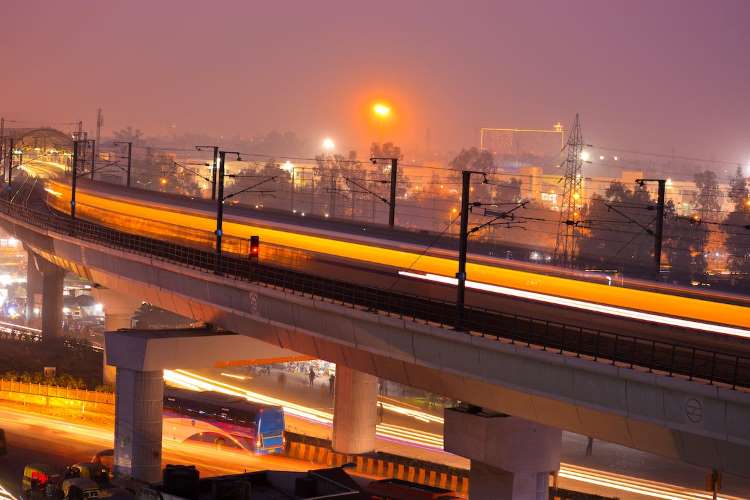
The Smart Cities Mission has sought to transform Indian cities into self-sustaining models of urban development since its inception in 2015, aspiring to match the standards of countries like Japan, Singapore, Dubai, and England. Despite the significant buzz surrounding its launch early in Prime Minister Narendra Modi’s term, the initiative has struggled to achieve substantial progress.
Initially set to complete its first phase by 2020, the mission has experienced repeated delays. Now, with the revised deadline of June 30, 2024, looming, it appears that several projects under the Smart Cities Mission will not be completed on time. According to Union housing and urban affairs secretary Manoj Joshi, state governments will be responsible for completing these projects post-deadline, with 400 out of 7,970 projects expected to extend beyond December 2024.
READ | Explained: The Water (Prevention and Control of Pollution) Amendment Bill, 2024
Amid the backdrop of rapid urbanisation with urban population figures projected to jump from the current one-third of India’s population to 60% by 2050, the urgency for urban development is palpable. The Smart Cities Mission seeks to enhance infrastructure and quality of life through core infrastructure provision and services, including adequate water and electricity supply, sanitation, efficient mobility and public transport, affordable housing, robust IT connectivity, digitalisation, and effective governance. These cities aim to be sustainable, prioritising public over private spaces, and ensuring resource neutrality or positivity.
Smart cities mission and urban poor
Central to the mission’s success is the provision of affordable housing for the urban poor. Learning from international examples such as Singapore, India has introduced schemes like Rajiv Awas Yojana (RAY) and Pradhan Mantri Awas Yojana-Urban (PMAY-U) to tackle the housing challenge. However, the PMAY has faced criticism for its eligibility criteria, which leave many urban slum dwellers ineligible for subsidised housing loans, exacerbating the marginalisation of the poor.
The role of the private sector is also pivotal in achieving the mission’s goals, with public-private partnerships (PPPs) being essential for innovation and development. However, such partnerships must balance profit motives with the welfare of citizens to ensure projects are inclusive and affordable.
The sheer scale of the Smart Cities Mission necessitates creative and sustainable funding models. Alternative models like impact investing and community-driven financing deserve exploration. Additionally, leveraging green bonds and tapping into carbon markets can incentivise sustainable infrastructure development. By diversifying funding sources and ensuring responsible investment practices, the mission can secure the financial resources needed to achieve its long-term goals without compromising its social and environmental commitments.
Surveillance concerns
Digital integration and data-driven strategies are key components of the mission, raising concerns about surveillance and privacy. The extensive data collection and monitoring involved have sparked debates about privacy rights, despite the Parliamentary Standing Committee on Housing and Urban Affairs’ recommendations for safeguarding privacy, highlighted by the installation of over 76,000 CCTV cameras across the cities.
The ministry overseeing the Smart Cities Mission is reluctant to extend deadlines further, citing challenges such as resettlement, legal hurdles, and coordination delays. As of December 1, out of the total projects, a significant portion has been completed, with Madurai notably achieving 100% completion. The mission’s next phase aims to expand to Tier-2 cities, focusing on areas within 50-100 km of capital cities and tourist hubs, underscoring the ongoing commitment to urban development despite the hurdles faced.
The Mission often conjures images of gleaming skyscrapers and cutting-edge technology. However, true urban transformation necessitates going beyond aesthetics and delving into the social fabric. The mission’s success hinges on its ability to bridge the gap between aspiration and reality for all residents, not just a privileged few. The mission must prioritise inclusive development, ensuring that marginalised communities are not left behind in the pursuit of progress. Only then can smart cities become truly liveable and equitable spaces for all.
